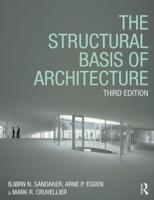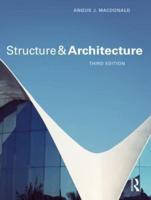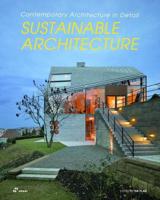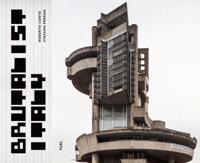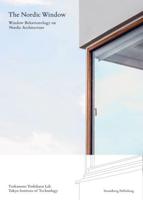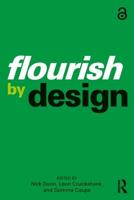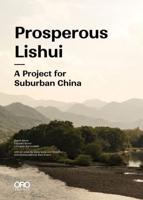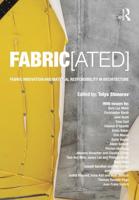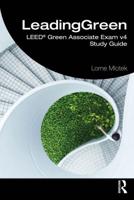Publisher's Synopsis
From ongoing experiments with bio-generative software, this comic book graphically explores design and digital nature through forms and structures derived from plant simulations: e-trees, branches, leaves, and flowers. The third Pangolin's Guide illustrates works generated with Xfrog using biologically and environmentally derived information. It also considers ways to infuse botanic attributes into structures, STL models, hybridized technologies, and materials while keeping in mind performance goals such as shape-shifting aerodynamics, passive air filtration, and temperature and pollution control. The comic's drawings are rendered from the project's CAD files to visualize and hypothesize ways for "digitally growing"?simulating?bio-design and bio-evolved forms with sensors and actuators for hybridized urban structures. The Pangolin's Guide to Bio-Digital Movement in Architecture follows the 2006 publication of The Pangolin's Guide to Biomimetics & Digital Architecture, continuing that comic book's emphasis of the integration of nature, architecture, and design. The new edition presents ideas for developing bio-inspired technologies for tall urban structures while it develops ideas biomimetically sampled from movement in trees and plants along with observations from leaves, flowers, and seedpods. The comic book graphically suggests new forms of structural systems as well as new solutions of building skins and cladding. These new structures and the comic book are the work of Dennis Dollens, a professor of architecture in the Genetic Architectures and BioDigital master program at the Universitat International de Catalunya, Barcelona. The comic book is supported by an iPhone/iTouch app edition and is a companion to Dollens' recent book, D-BA2: Digital-Botanic Architecture II.

